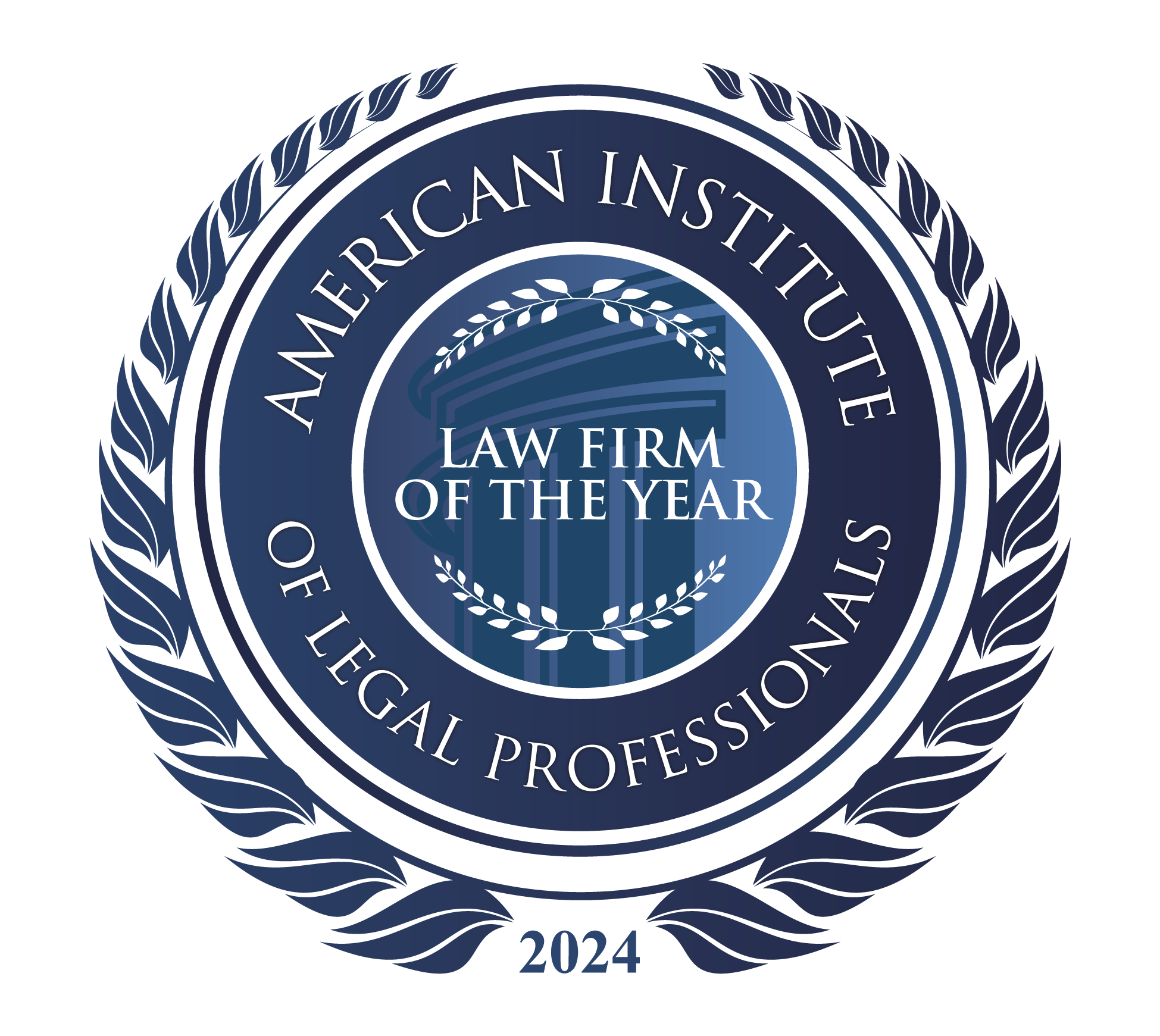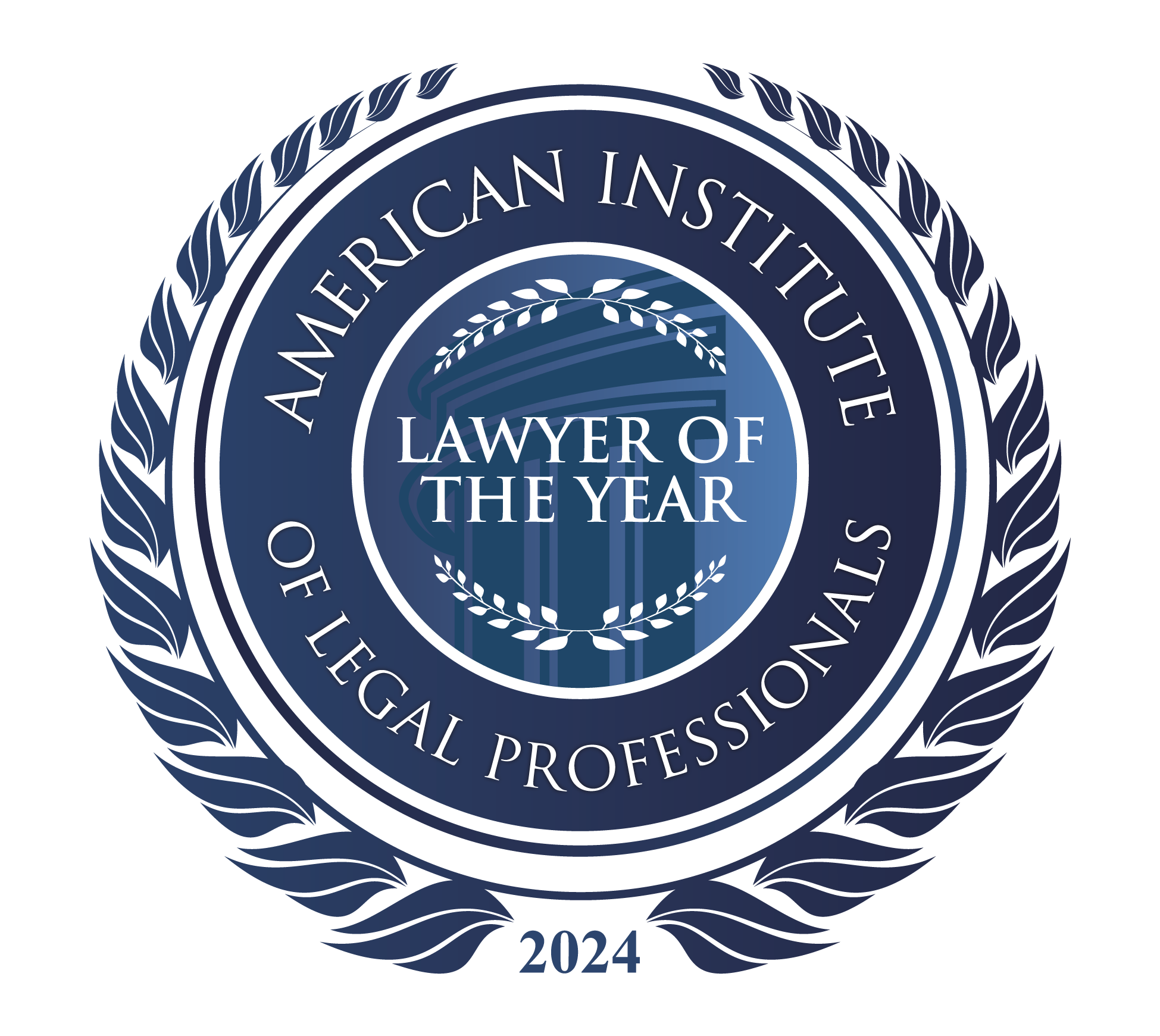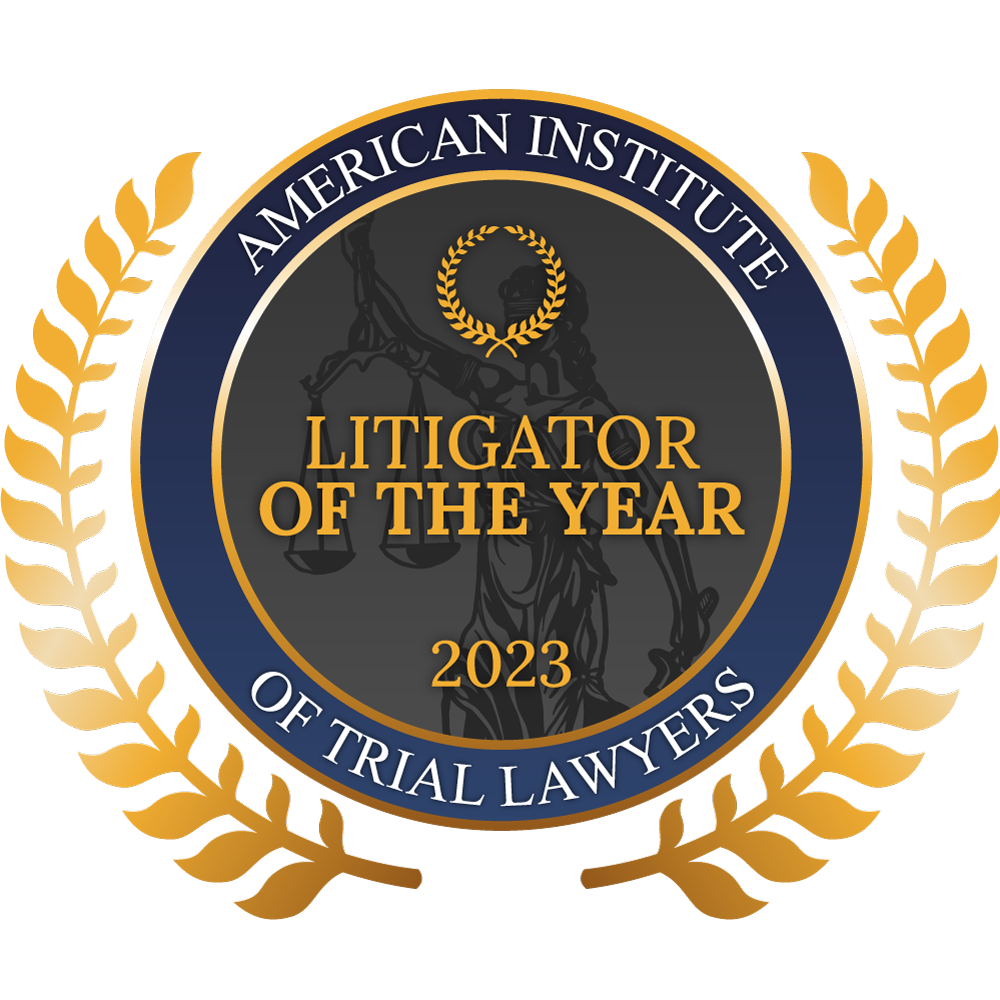According to the National Safety Council (NSC), all drivers should leave at least a three-second distance between their own vehicle and the vehicle they are following. This distance gives a motorist enough time to recognize and respond to any sudden changes in the flow of traffic.
Understanding and obeying the three-second rule in Colorado can help keep you and other road users safe. Following the three-second rule can also decrease your chances of being legally liable for the crash if you rear-end someone.
Is the Three-Second Rule Required in Colorado?
The three-second rule is not explicitly laid out in Colorado’s traffic laws. However, the law does state that drivers should not follow more closely than is “reasonable and prudent” considering traffic conditions and the speed of the vehicles. A driver who does not allow enough space between themselves and the car in front may face consequences for following more closely than necessary.
What Makes the Three-Second Rule So Important?
The three-second rule is a critical defensive driving technique for several reasons:
- Reaction time – Maintaining a safe following distance gives you time to react and brake if the leading vehicle slows down or stops suddenly. At highway speeds, a car travels over 50 feet per second. Three seconds of following distance gives you 150 feet to see a hazard and respond.
- Stopping distance – Leaving adequate space to stop cushions you from rear-end collisions. Research shows that nearly 30 percent of all crashes involve rear-end collisions. Failing to leave enough room is a primary cause of these accidents. The three-second rule drastically reduces your chances of being involved in a rear-end crash.
- Planning ahead – Adequate following distance allows you to see further down the road and anticipate problems. With enough visibility and time, you can proactively adjust your speed or lane position rather than reacting at the last second. Defensive driving requires planning ahead. Leaving a safe following distance is crucial for this.
How Can I Calculate the Three-Second Rule When Driving?
The best way to determine whether you have enough distance between yourself and the vehicle you are following is to pick a stationary marker alongside the road, such as a street lamp. When the vehicle in front of you passes the marker, begin counting the seconds. If you pass the marker before three seconds have passed, you should slow down until you have enough space in front of you.
What Does the Three-Second Rule Protect Me From?
Following the three-second rule protects you from several common hazards:
- Rear-end collisions – Maintaining three seconds of following distance gives you ample room to avoid striking the vehicle ahead if its driver brakes hard.
- Debris in the road – Seeing debris in the roadway early allows you to steer around it or brake safely. At close following distances, you may not see road hazards until it is too late.
- Slippery conditions – More distance is needed to slow down safely on wet, icy, or snowy roads. The three-second rule compensates for reduced traction when conditions are hazardous. Bad weather conditions may even require longer following distances.
- Poor visibility – When visibility is reduced by heavy rain, fog, or darkness, keeping three seconds of space gives you extra time to see slowed or stopped traffic.
- Driver distractions – If you look away from the road briefly, a safe following distance provides a buffer zone and helps cover your lapse in attention.
Who Is At Fault in a Rear-End Collision?
Each accident case is unique. Determining fault requires a thorough investigation of the circumstances. However, most rear-end accidents are ultimately the fault of the rear driver. This is because, in most cases, rear-end accidents only occur when the rear driver has not left enough space in front of them.
Can I Be Held At Fault If a Driver Rear-Ends Me and Pushes Me into the Car in Front of Me?
As with all traffic accidents, fault depends on the specific circumstances of the collision. If a driver rear-ends you and sends you into a vehicle in front of you, you may be at fault if you did not leave sufficient space in front of your vehicle.
However, you may not be liable in other situations. For example, suppose you are waiting at a stop sign, where a driver rear-ends you and pushes your vehicle into the one in front of you. In that case, the rear driver will likely bear fault for the accident-related losses of everyone involved. In all cases, consulting with an experienced Colorado car accident attorney can help you understand whether you have a claim.
What Injuries Happen in a Rear-End Collision?
Rear-end collisions can cause various injuries to drivers and passengers, including:
- Whiplash – This common injury happens when the head is suddenly jerked backward and forward, straining the neck muscles and ligaments. Symptoms include neck pain, reduced mobility, headaches, and arm or shoulder numbness.
- Back injuries – The force of impact can compress, strain, or rupture spinal discs. This damage can irritate or pinch nerves, causing intense pain, muscle spasms, and sciatica, as well as numbness in the back, legs, and feet.
- Broken bones – Vehicle occupants can fracture bones in their face, arms, ribs, legs, or ankles by striking interior vehicle surfaces.
- Traumatic brain injuries (TBIs) – Striking the steering wheel, windshield, or side windows can result in concussions, contusions, internal bleeding, and other head traumas.
- Internal organ damage – Seat belts and airbags provide some protection. But crash forces can still damage organs like the liver, spleen, kidneys, and lungs.
- Post-traumatic stress disorder (PTSD) – Being in a violent, life-threatening collision can produce ongoing emotional trauma, anxiety, sleeplessness, and flashbacks.
Contact a Colorado Car Accident Lawyer
While determining fault in a rear-end accident can sometimes seem straightforward, many factors can affect who is liable. Consulting with a knowledgeable Colorado car accident attorney is the most effective way of understanding who is responsible for the collision. The skilled car accident lawyers at The Wilhite Law Firm have been helping injury victims across Colorado secure compensation since 1977. Our legal team is ready to help you understand your rights and pursue the compensation you deserve.
Contact us today for a free consultation to learn more about how we can help you.





















